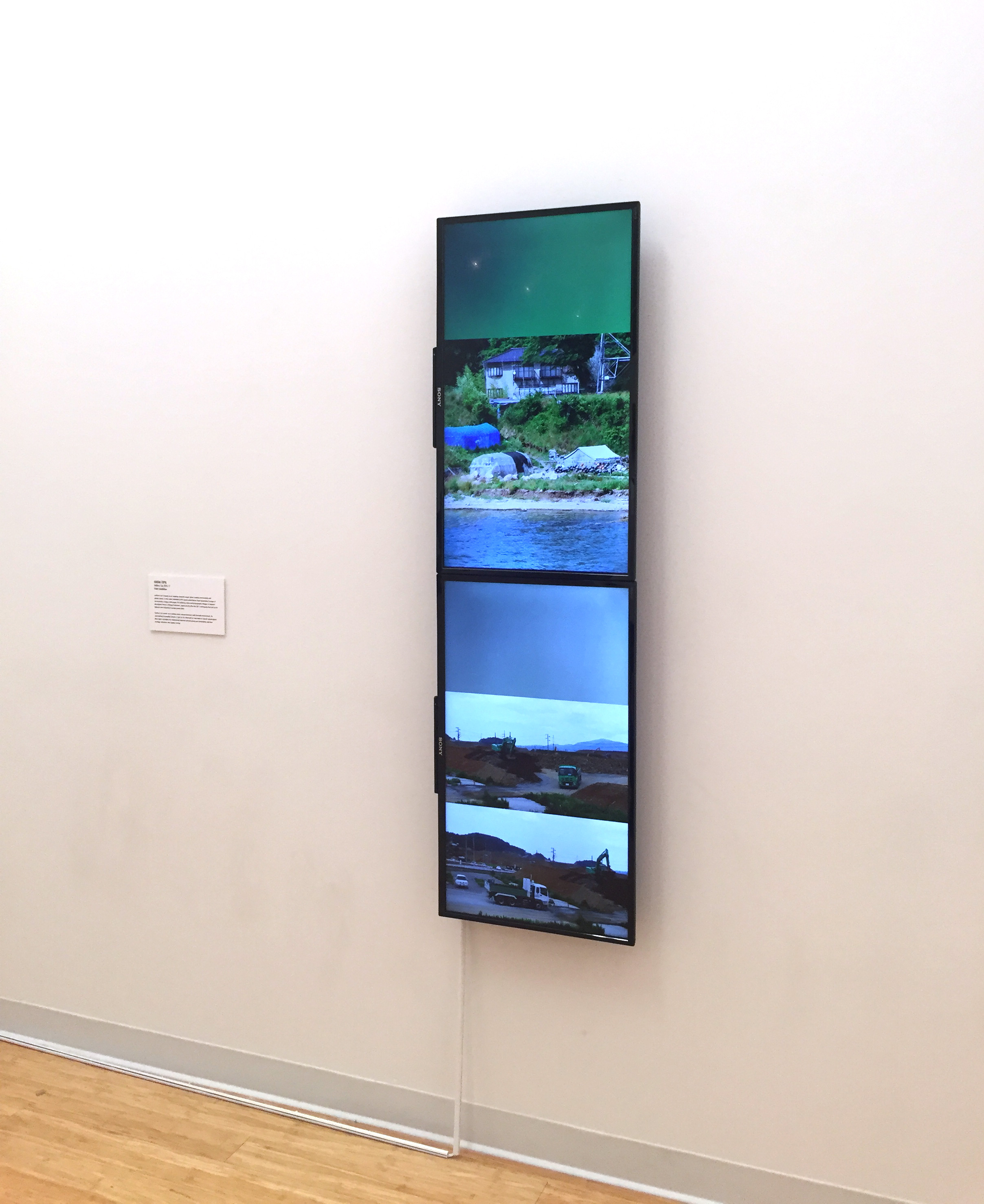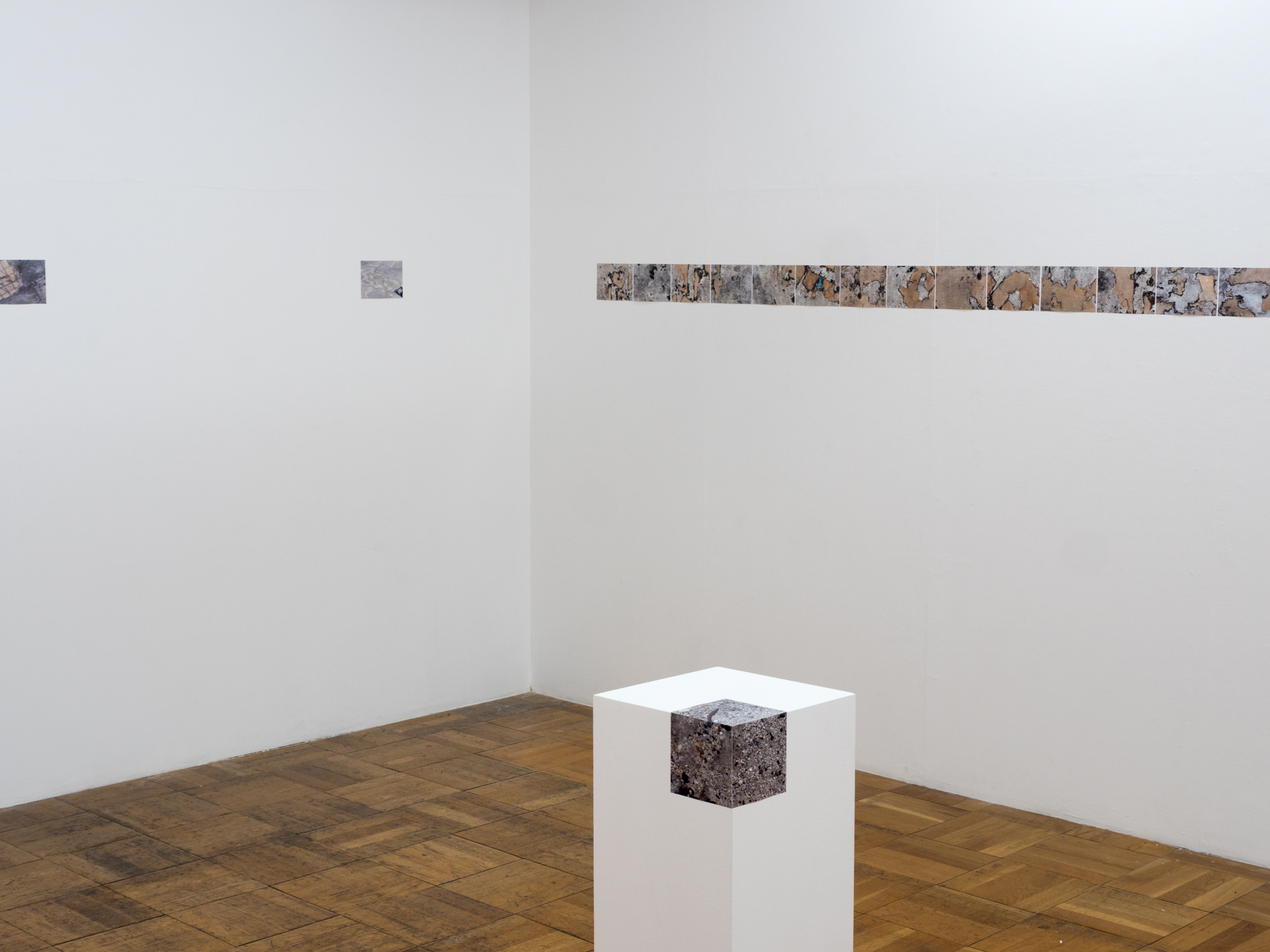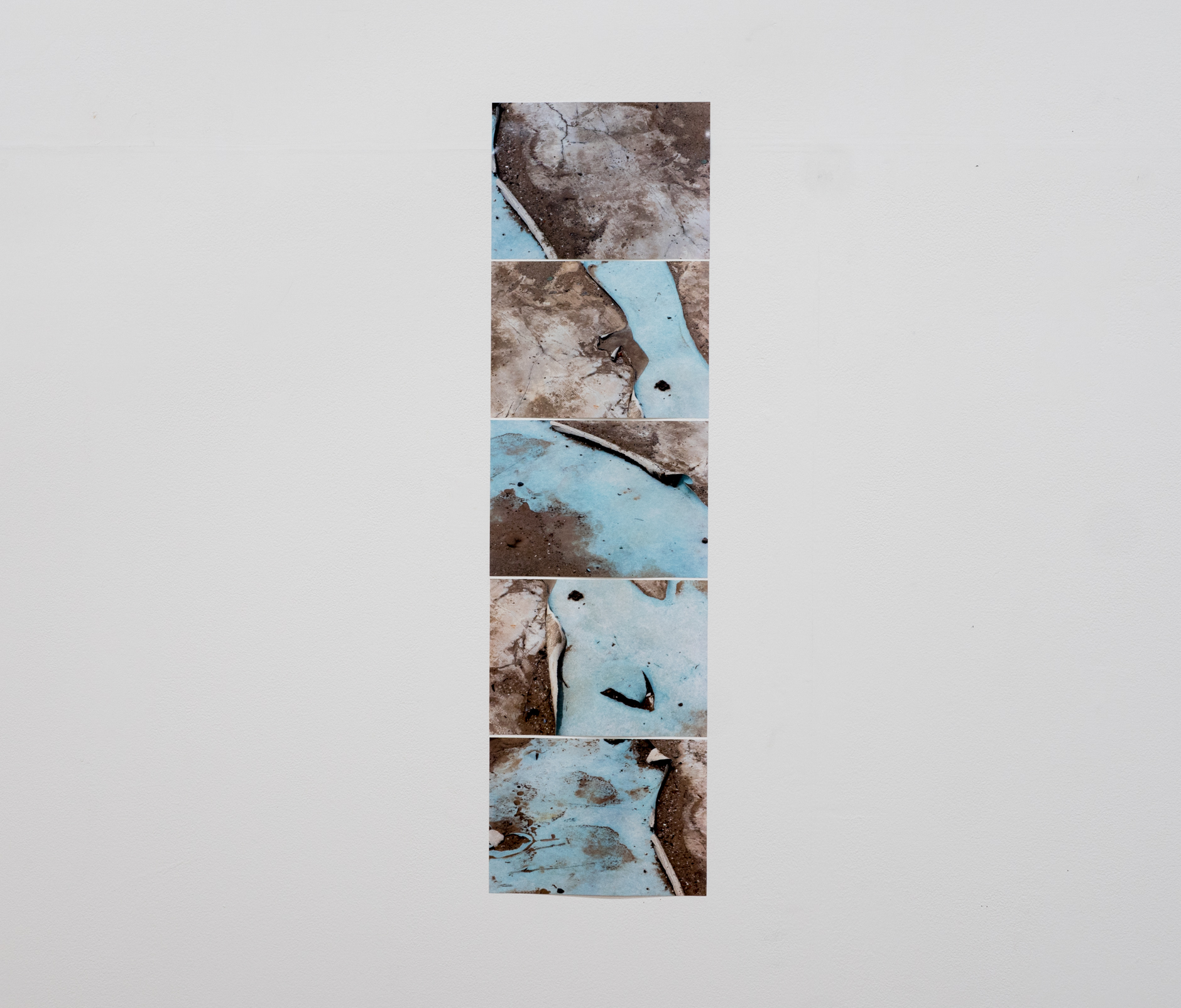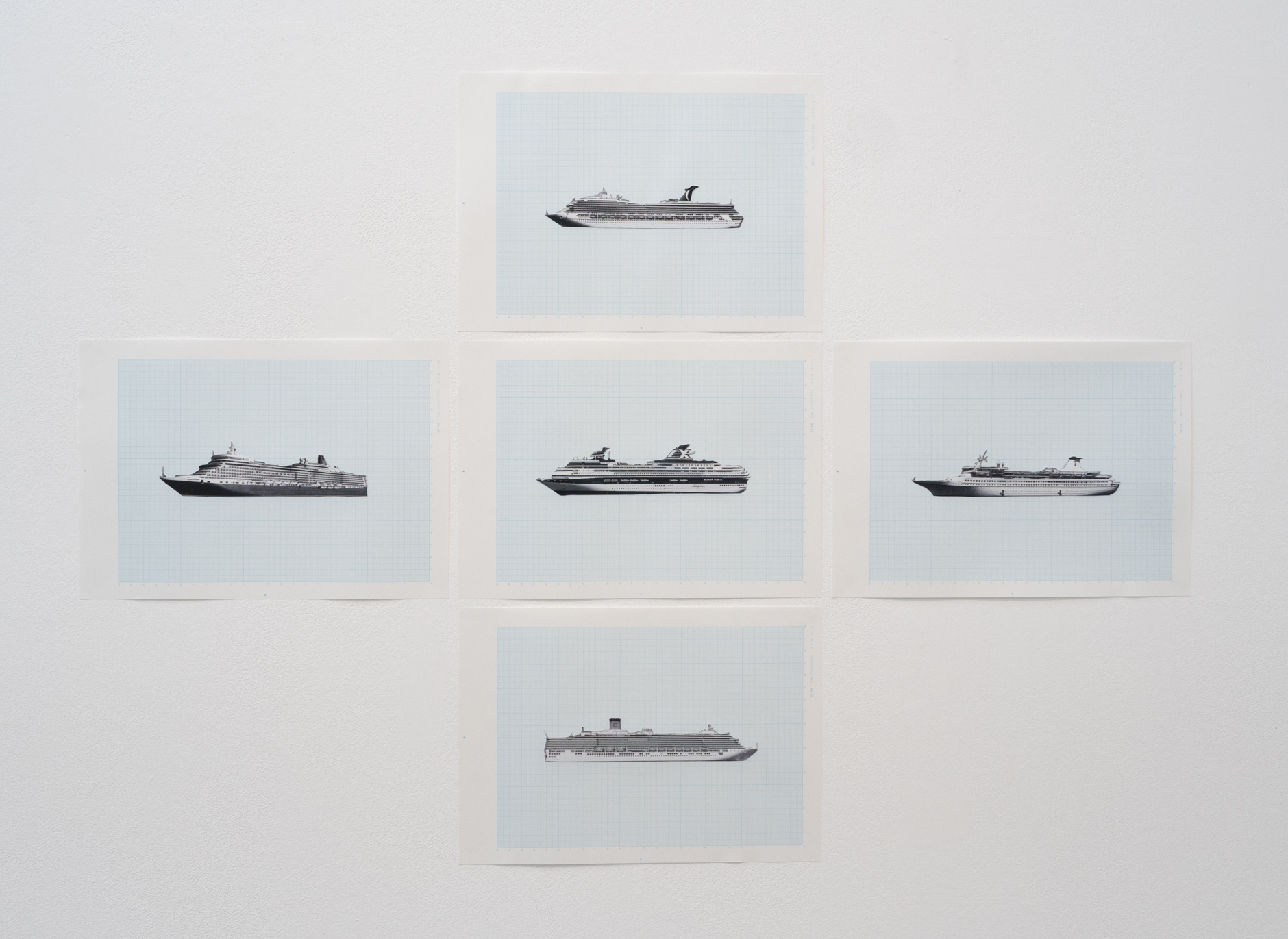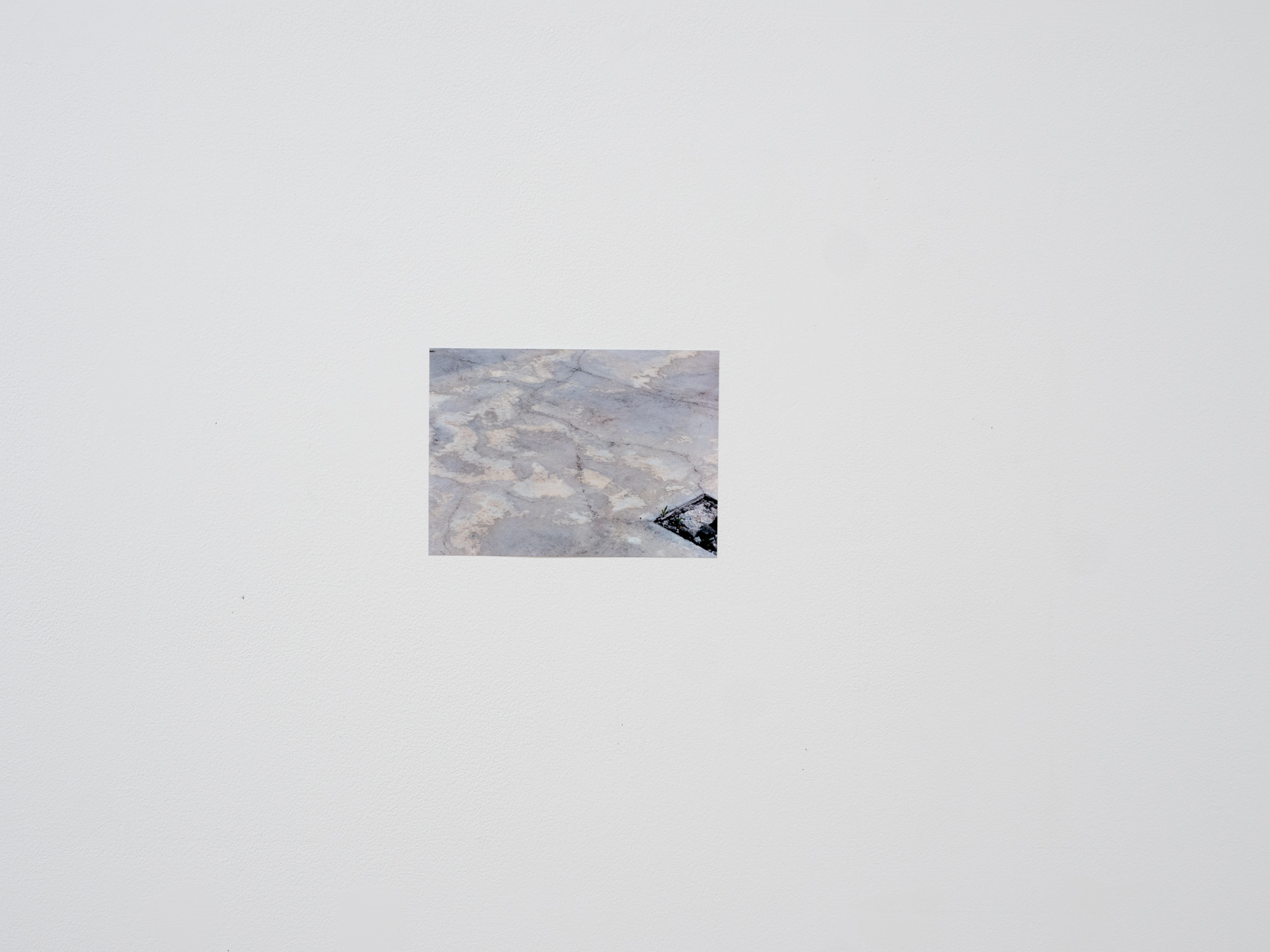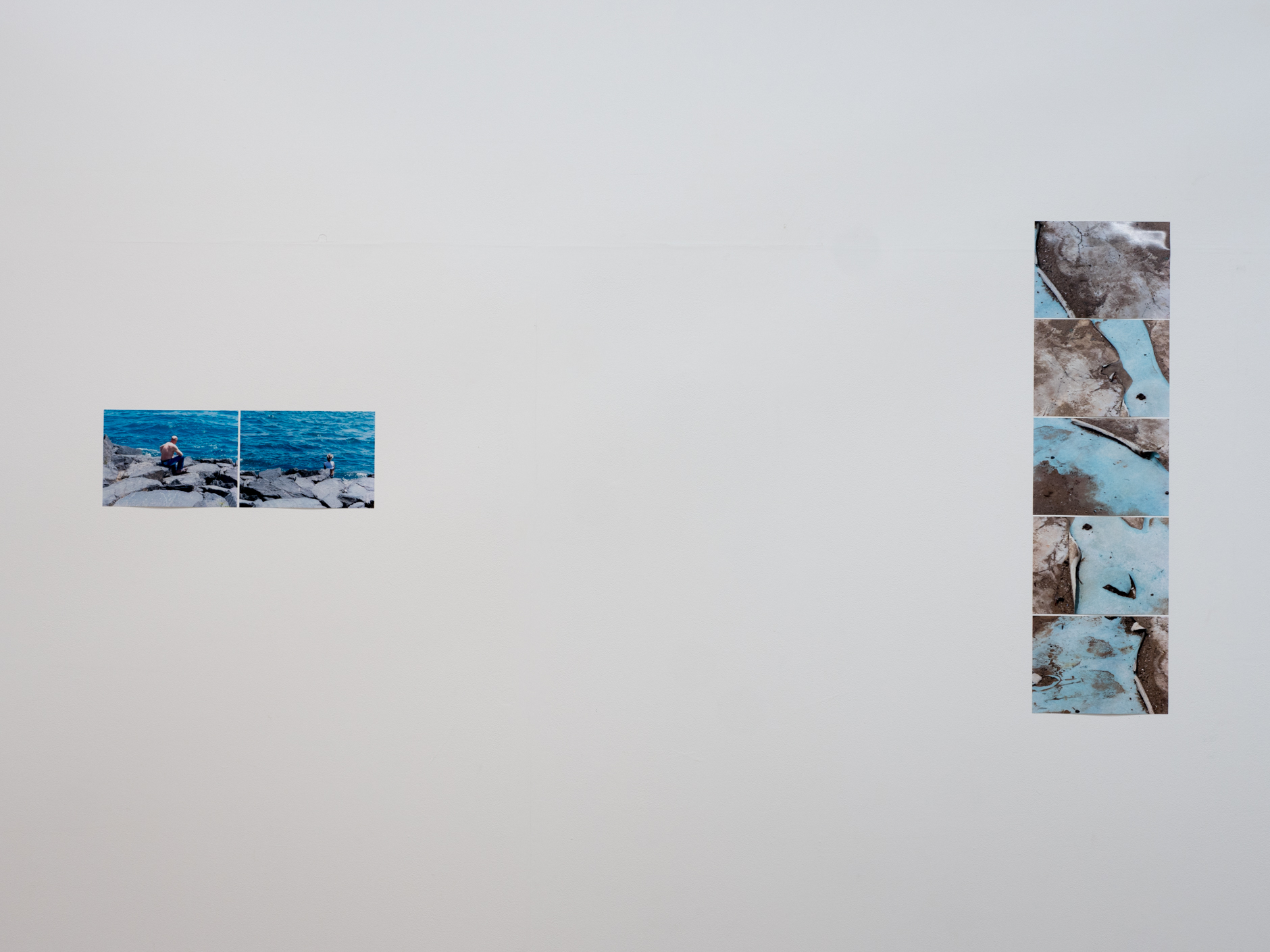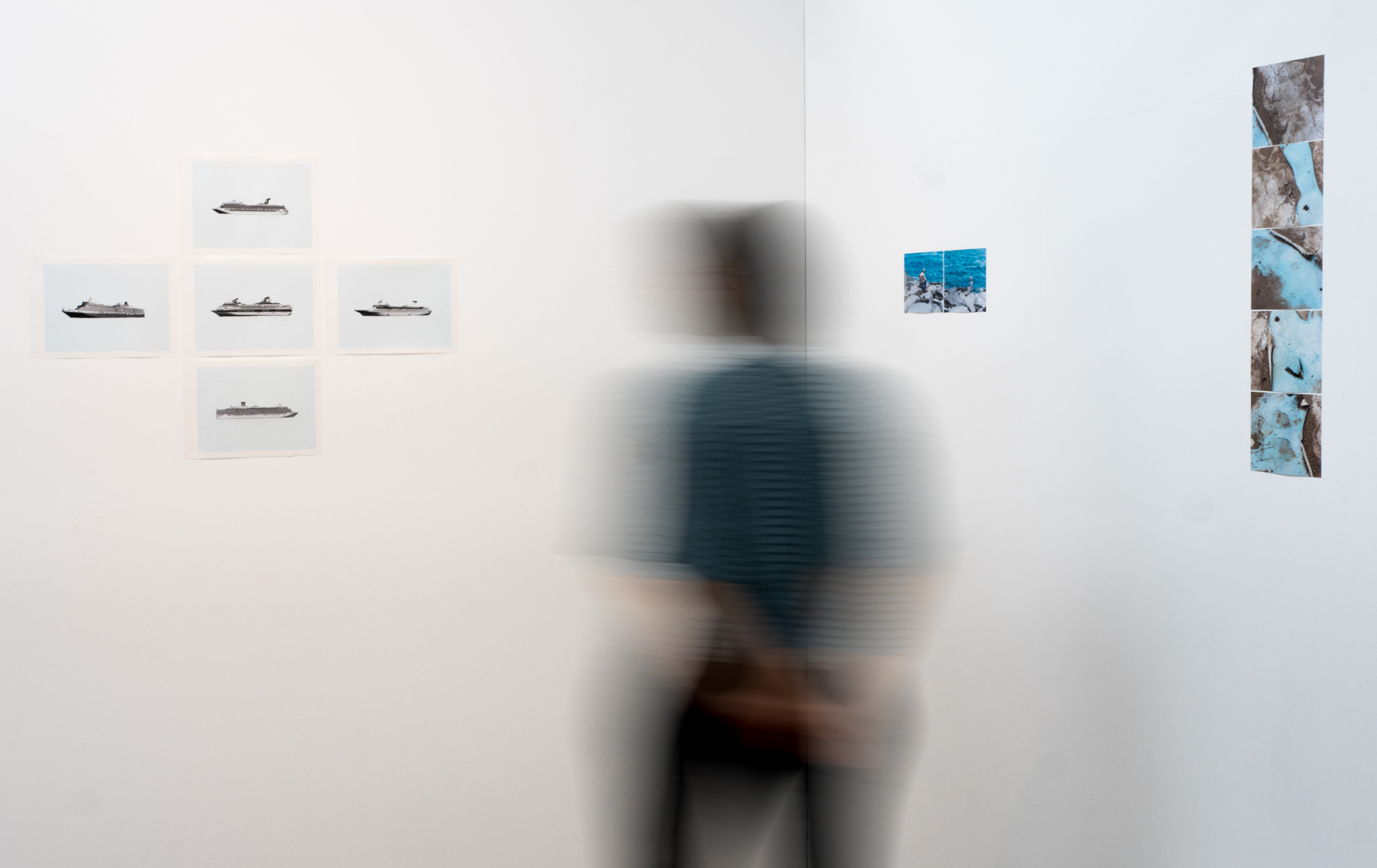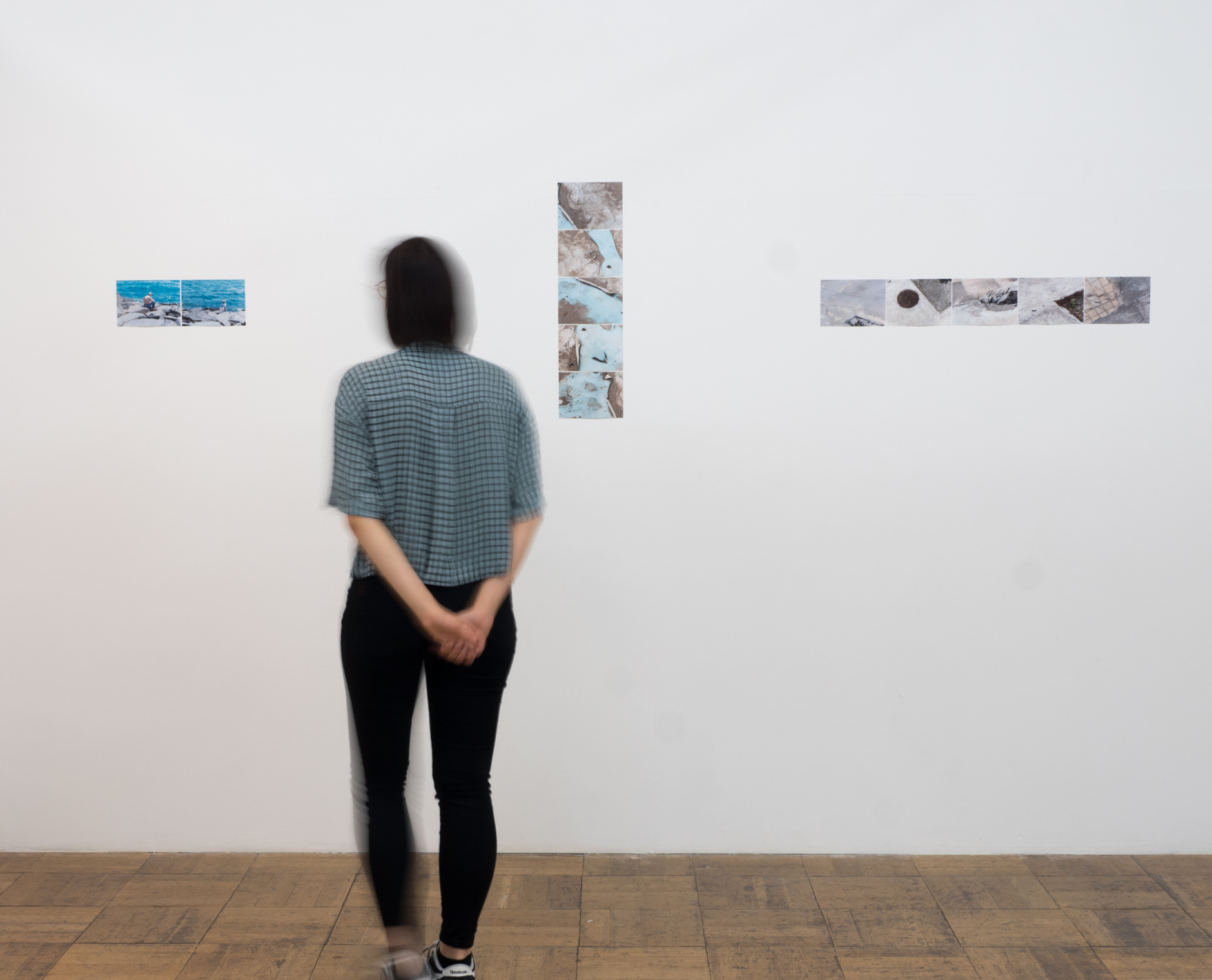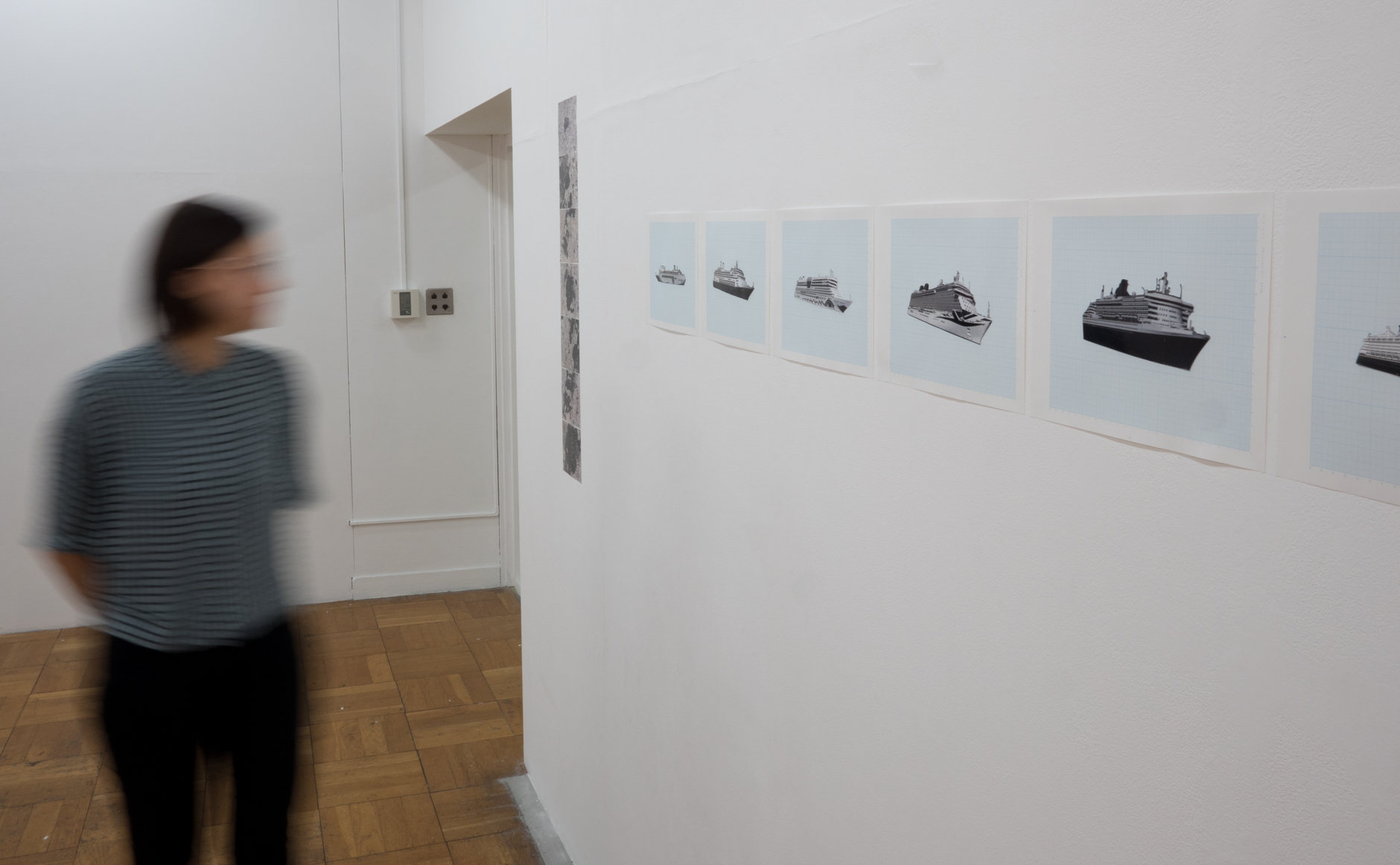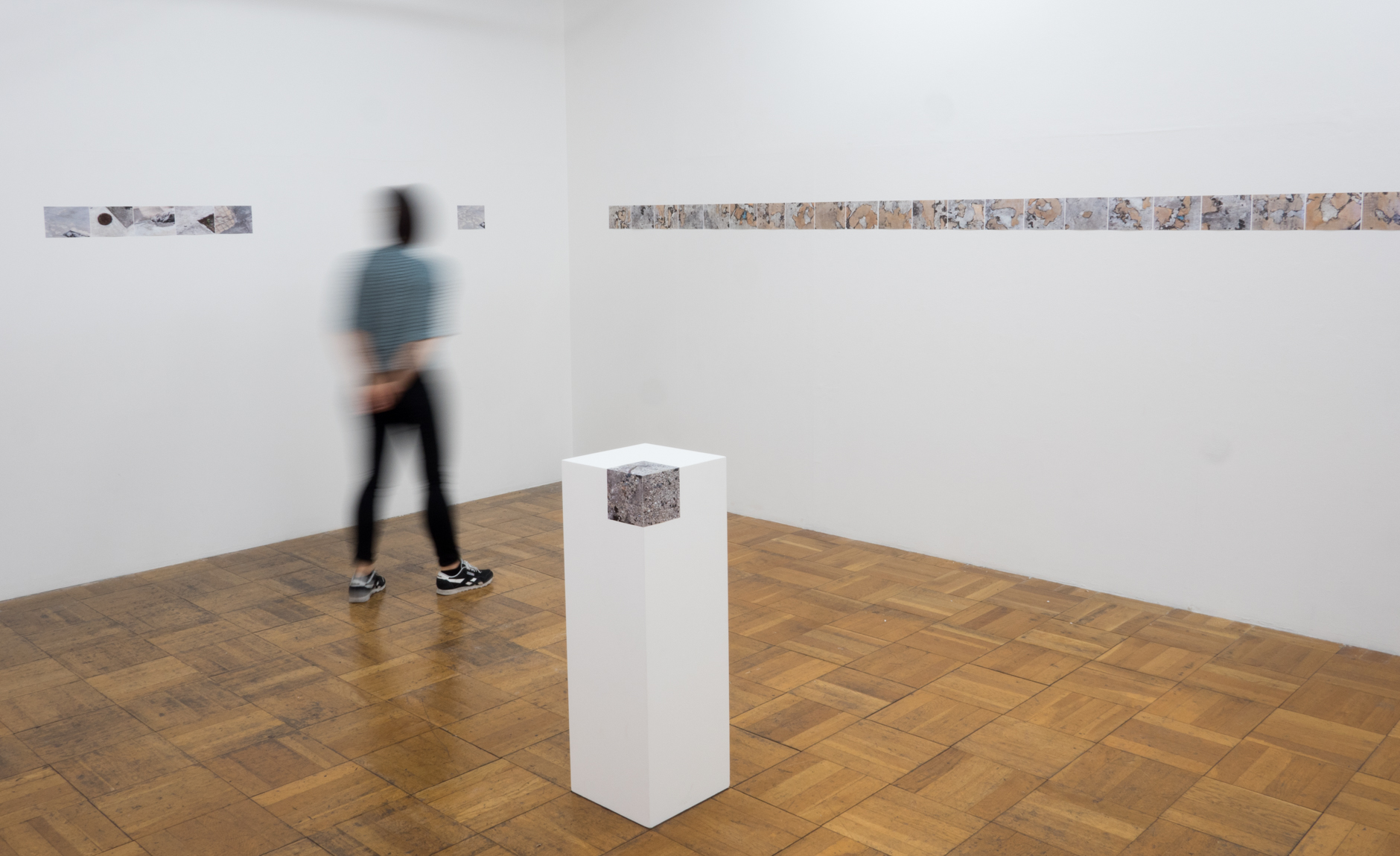2015-17
Installation, Video
During the last two decades, large-scale natural catastrophes hit industrial areas and coastlines of Turkey, the United States, Haiti, Southeast Asia, and Japan, with long-term consequences. The impact of natural disasters intensifies in concentrated urban clusters and coastal zones. These disasters expose the vulnerabilities of built environments and unravel the precarity of contemporary social life and economic, gendered, ethnic, and racial inequalities and the logic of neoliberal development. The collapse of infrastructures calls our attention to the notion of social organization. In a way, a catastrophe offers a clean slate where one can imagine a better future. However, at the same time, it is the very obsession of this newness that drives neoliberal transformation and the constant demolition and construction in cities. Consequently, the outcome of catastrophe is usually exploited by a web of economic and political actors who speculate on the very idea of collapse.
“Uniform Cut” was part of my research about catastrophe and international waters and is the outcome of 3331 Arts Chiyoda (2015) and Tokyo Arts and Space (2017) residencies. As part of my artistic research, I traveled to Miyagi Prefecture, Japan, to examine the devastating earthquake and tsunami impacts on the coastal communities. In short, “Uniform Cut” invites the viewer to contemplate nature where it intersects with the built environment, rethinking possible and perhaps better futures.

